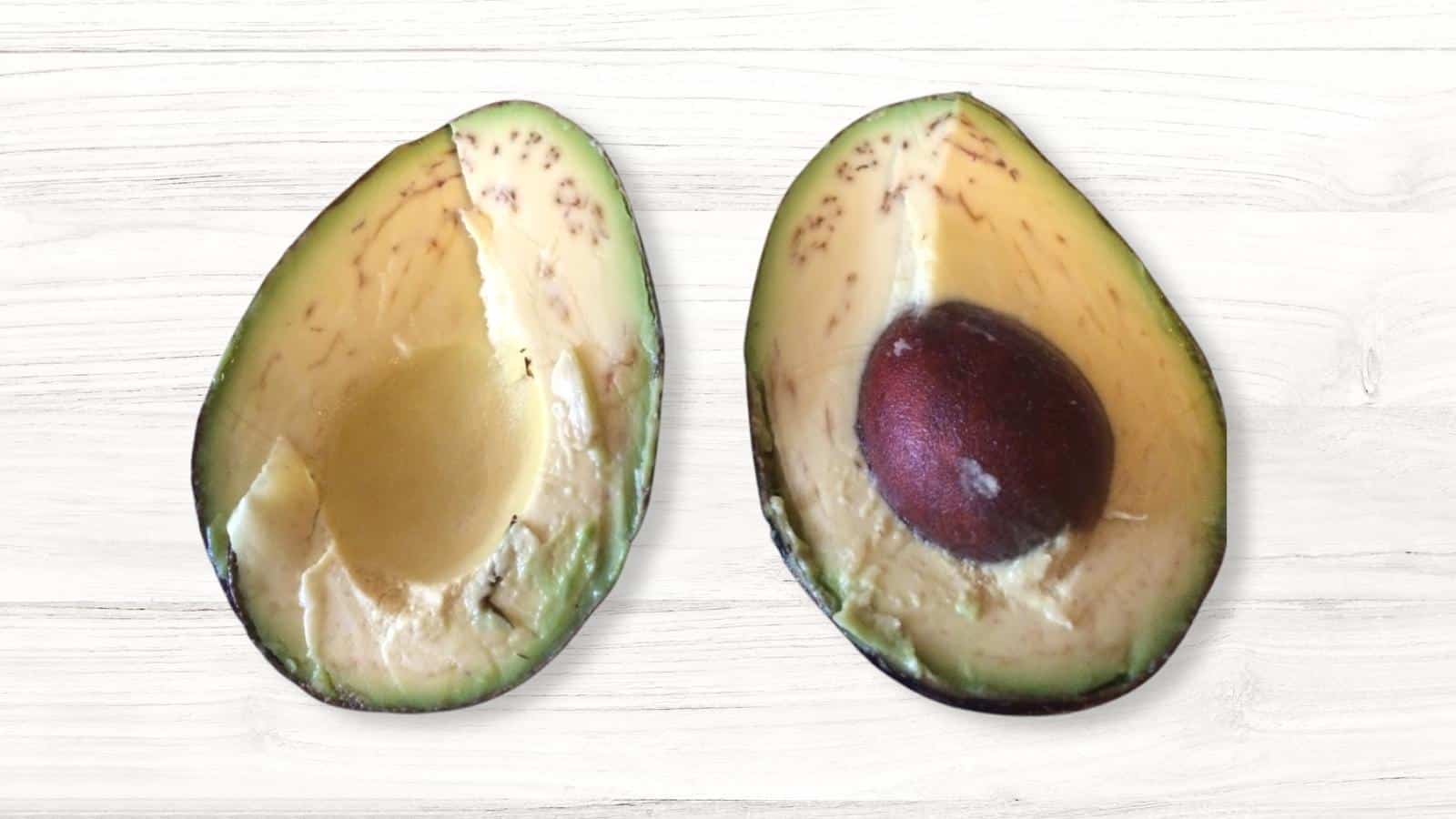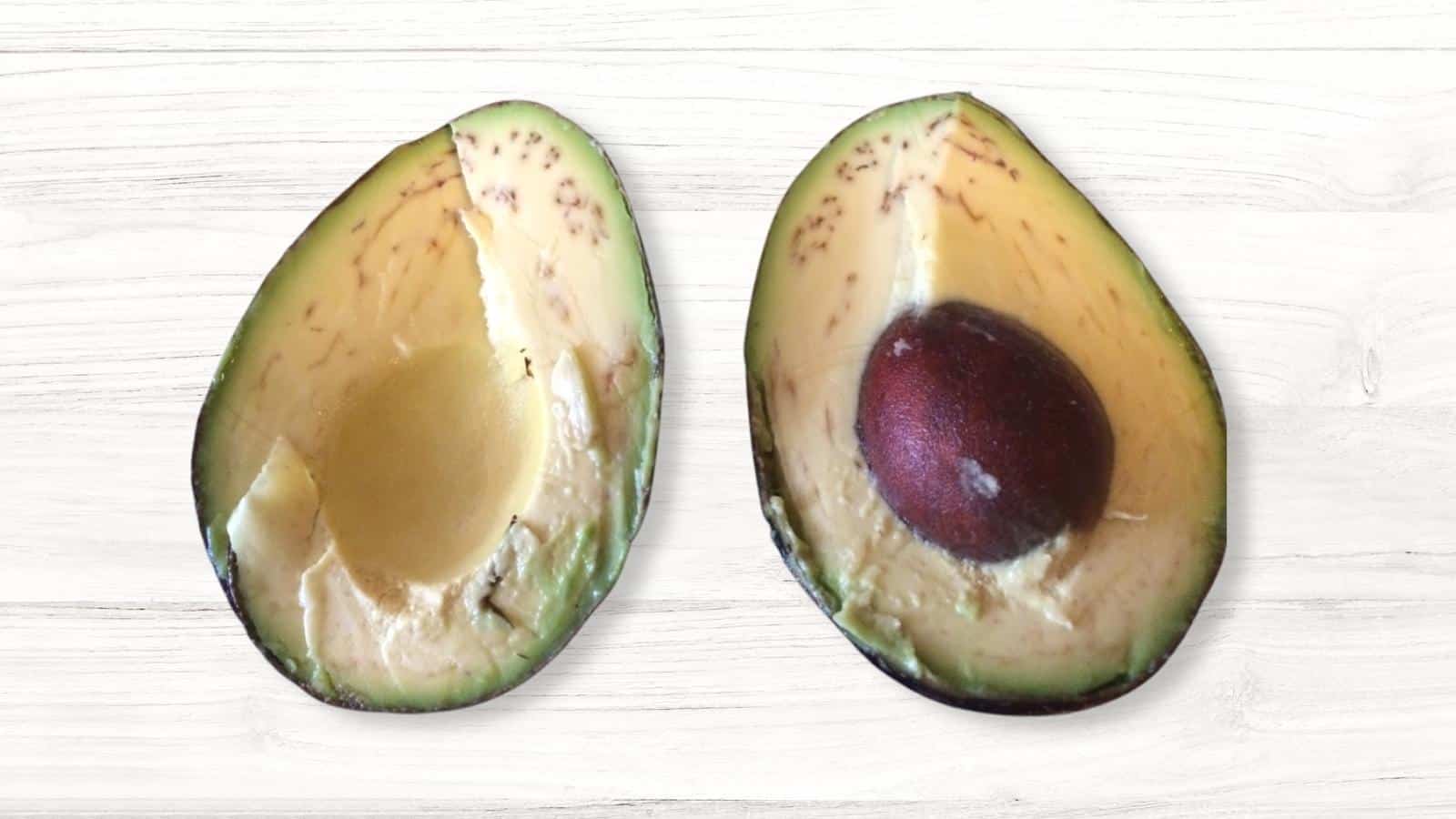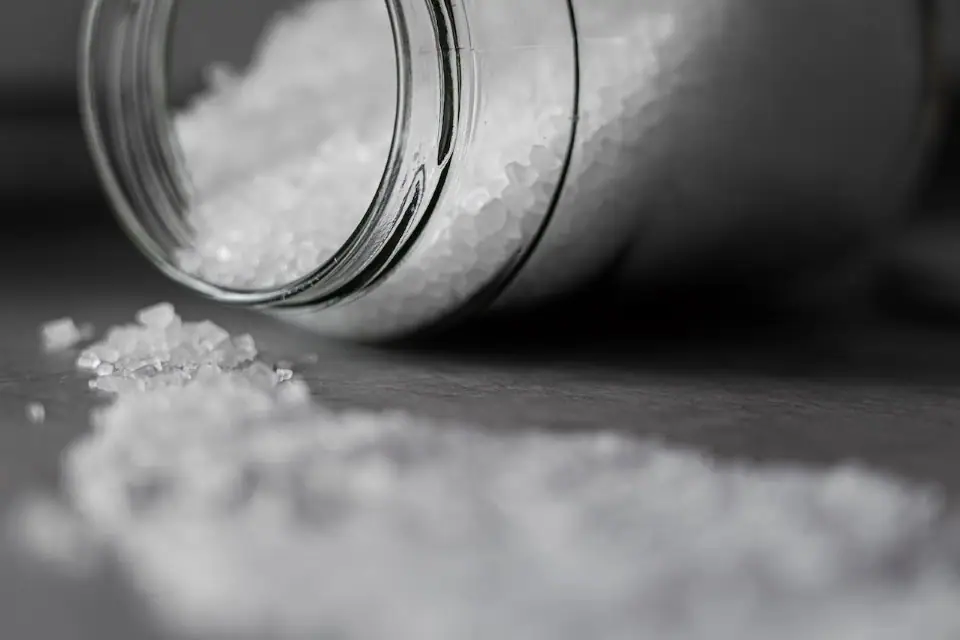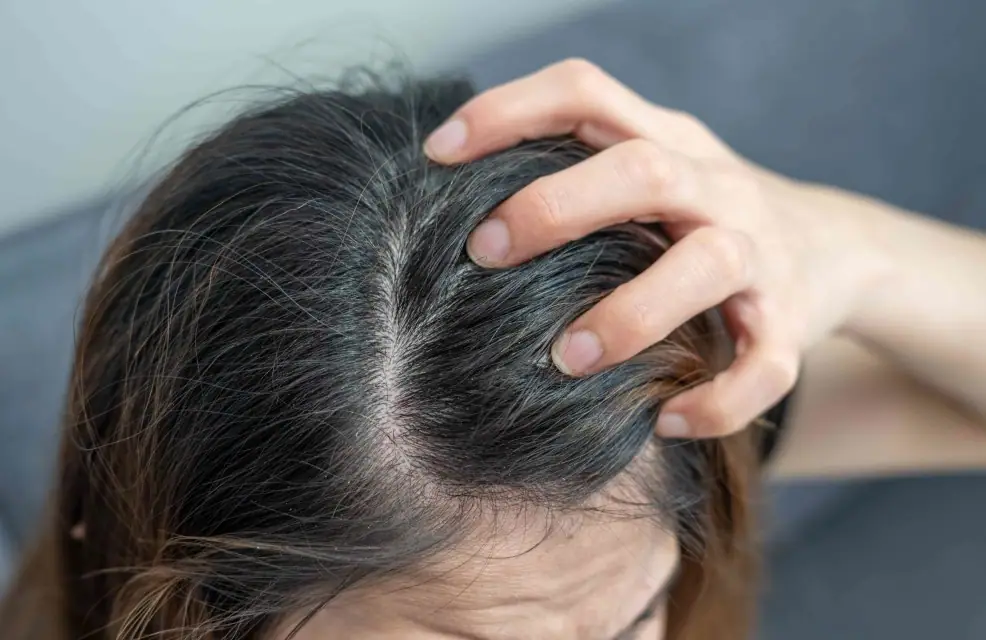Avocados are renowned for their distinctive green color, creamy texture, and buttery flavor, making them a favorite ingredient in countless dishes. However, there are instances when you cut open an avocado and are puzzled to find that it’s not the typical green, but instead, it’s red. This unexpected coloration can be perplexing and even concerning for some. In this article, we’ll explore the various reasons behind the phenomenon of red avocados and what it means for their taste, quality, and safety.
Understanding the Red Avocado Phenomenon
Red avocados are not a common sight, and when encountered, they can raise questions about their origin and safety. To shed light on this topic, we will delve into the potential factors leading to the red hue of avocados and the implications it carries.
Natural Variations in Avocado Coloration
Avocado fruit coloration can vary based on multiple factors. Typically, avocados are green when ripe, but they may have reddish or purple streaks, especially near the skin, which is a sign of varietal diversity. These variations are often due to differences in pigments like chlorophyll and anthocyanins. Some avocado varieties naturally develop a reddish or purplish tinge as they ripen, particularly near the skin. This is perfectly normal and should not raise concerns about the fruit’s quality or safety.
Environmental Factors
Environmental conditions during the avocado’s growth and development can also impact its coloration. Factors such as temperature, sunlight exposure, and soil conditions can influence the color of the fruit. For example, avocados exposed to intense sunlight may develop a reddish blush on their skin. Similarly, colder temperatures can promote reddish hues in some avocado varieties. While these variations are primarily aesthetic and do not affect the avocado’s taste or quality, they can add a unique visual dimension to your culinary creations.

Ripeness and Oxidation
The ripeness of an avocado can significantly affect its color. Avocados start green and become darker as they ripen. However, the flesh near the skin may take on a reddish or brownish hue during the ripening process. This change in coloration is often a result of oxidation, which occurs when the avocado’s flesh is exposed to air. While it may not look as appetizing as the vibrant green interior, the red or brownish discoloration near the skin is harmless and can be easily scooped out, revealing the fresh, green, and tasty flesh underneath.
Is a red avocado safe to eat?
Yes, a red avocado is generally safe to eat. The red coloration can be attributed to various factors, including varietal differences, environmental conditions, and ripeness. In most cases, it does not indicate spoilage or a safety concern. Simply remove the discolored areas near the skin, and you’ll find the delicious, edible part underneath.
Can I still use a red avocado in my recipes?
Absolutely! Red avocados are just as edible and flavorful as their green counterparts. The red or brownish discoloration near the skin is primarily a cosmetic issue caused by oxidation. Once you cut open the avocado and discard the discolored portions, you’ll discover the same creamy, green, and tasty flesh that you’d expect from a green avocado.

How can I prevent my avocados from turning red?
To minimize the chances of your avocados turning red, store them in a cool, dark place until they are ripe. Avoid exposing them to direct sunlight, as this can accelerate the development of a reddish or purplish hue. Once they ripen, transfer them to the refrigerator to extend their freshness and slow down color changes.
The Culinary Perspective
Red avocados can be an exciting addition to your culinary repertoire. They offer a unique twist on traditional avocado-based dishes, and their distinctive appearance can be used to create visually appealing presentations. Here are a few creative ideas to make the most of red avocados in your cooking:
1. Red Avocado Salsa: Incorporate red avocados into your favorite salsa recipe. Their vibrant color will add a touch of flair to your dishes and enhance the overall visual appeal.
2. Avocado Toast with a Twist: Prepare your usual avocado toast but use red avocados instead. The combination of red and green avocados will create a stunning contrast and a delightful taste.
3. Guacamole with a Pop of Color: Upgrade your guacamole by mixing red and green avocados. The resulting dip will not only taste delicious but also look striking on the table.
4. Red Avocado Smoothie: Blend red avocados into your morning smoothie for a colorful and nutritious kick-start to your day. You can pair them with other fruits for a visually appealing drink.
Conclusion
In summary, encountering red avocados is not necessarily a cause for concern. The red or purplish coloration in avocados can be attributed to natural variations, environmental factors, and the ripening process. While it may affect the aesthetics of the fruit, it typically does not compromise its quality or safety. Red avocados can be used in the same way as green ones, offering a chance to get creative with your culinary creations and introduce a visually striking element to your dishes. So, the next time you come across a red avocado, rest assured that it’s still a delicious and nutritious addition to your meals.













